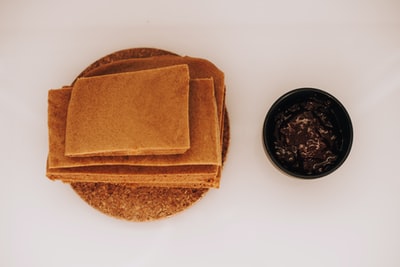
Depending on the gender of the noun, the articles ‘le’ or ‘un’ are applicable to the noun (in the case of a masculine noun), or the articles ‘la’ or ‘une’ (in the case of a feminine noun).
e.g.
‘la maison’
‘le salon’
‘un chien’
‘une fille’
Although there are exceptions, it helps to observe that many nouns ending in-ette, –ion, and –lle are often feminine.
Similarly, nouns ending in –eau and –age are often masculine.

‘le manteau’
‘la demi-pension’
‘un oiseau’
‘la bicyclette’
If the noun starts with a vowel or a silent consonant, the article le or la is replaced by l’, for example:
‘l’arbre’
‘l’estomac’
‘l’histoire’
Plural form
In many cases, nouns ending in ‘eau‘ or ‘ou‘ in the singular form take an ‘x’ to form the plural. Other nouns usually adopt an ‘s’ to form the plural.

‘gteau’ ‘gteaux’
‘chat’ ‘chats’
‘tables’ ‘tables’
Articles (definite and indefinite)
The French articles ‘le’ and ‘la‘ are the equivalent of the English word ‘the’. This is known as the definite article.
The articles ‘un’ and ‘une‘ are the equivalent of the English word ‘a’ or ‘an’. This is known as the indefinite article.
In the plural form, the definite article becomes ‘les’ and the indefinite article becomes ‘des’.

‘des oiseaux‘ (meaning ‘some birds’)
‘les gens‘ (meaning ‘the people’)
‘des livres‘ (meaning ‘some books’)